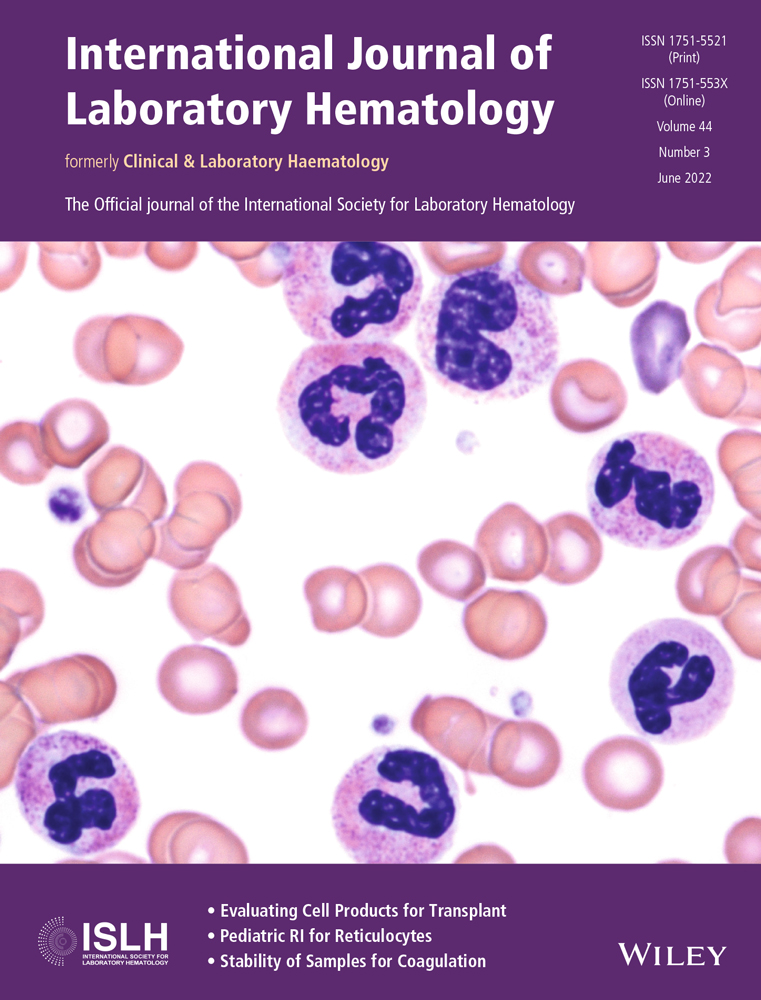Evaluating test utilization for anemia during pregnancy
Abstract
Objective
To evaluate, using longitudinal laboratory data, potential care gaps, and the prevalence of anemia in pregnant women residing in New Mexico, USA.
Methods
A total of 985 pregnant women aged 13–60 were included from December 1, 2018 to December 1, 2019. Parameters included frequency of CBC, iron studies, reticulocyte panel, prevalence of anemia, iron deficiency anemia (IDA), iron deficiency (ID), anemia change throughout pregnancy, and ICD-10 codes utilization.
Results
CBC was completed in 896/985 (91%) of the sample population in the first trimester and 528/985 (53.6%) in the third trimester. Two hundred and fifty-two (25.6%) women had anemia at any given point during pregnancy. ID was prevalent in 1.3% of women in the first trimester and 1.0% in the third, while IDA was prevalent in 0.4% in their first trimester and 5.5% in the third. Data also show an overall worsening of anemia from first to third trimester (2.8% and 40.9%, respectively, p < .0001). A positive correlation was found between mean corpuscular volume (MCV) and reticulocyte hemoglobin (RET-He) (r = .8592, 95% CI 0.7475 to 0.9237).
Conclusion
Test utilization for anemia screening during pregnancy can be improved to guide patient management to reduce anemia rate and potential anemia-associated complications.
CONFLICT OF INTEREST
The authors have no competing interests to disclose.
Open Research
DATA AVAILABILITY STATEMENT
Research data are not shared.




